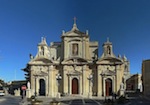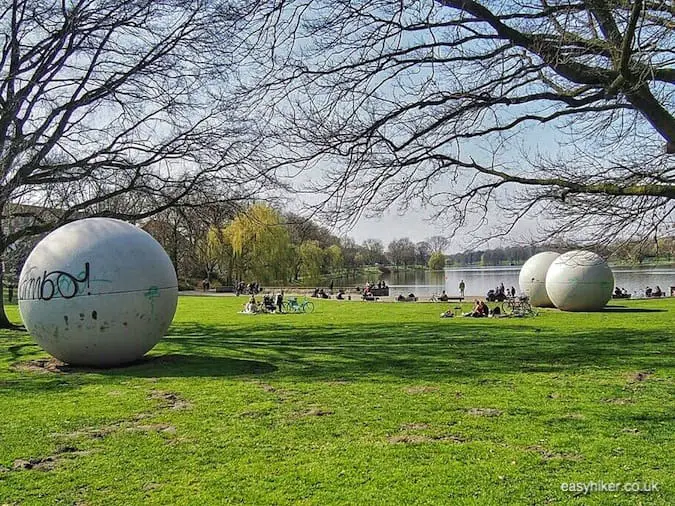Sometimes, it is best to know little or nothing about the destination you are about to visit: this allows you to keep the option open of surprising yourself. Sometimes, however, a little knowledge can help – and feel like adding a key ingredient to the sauce that turns a pleasant but bland meal into something spicy and exotic.
A good example for this are the gardens of Sanremo.
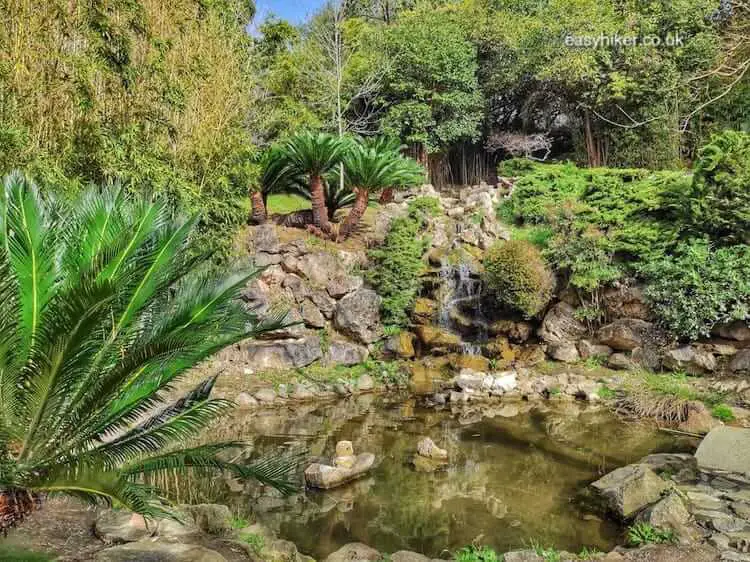
The gardens of this resort town on the Italian Riviera are beautiful in their own right, but knowing about the many hidden stories and mysteries that surround them will deepen your pleasure – stories about kings and eunuchs, a dying Emperor and the landmark building that disappeared “the Italian way”. And did you know that Adolf Hitler once owned a house in Sanremo?
Walk with Us through the Gardens of Sanremo
If you want to find out more about any of those tales of mystery and imagination, feel free to accompany us on today’s walk.

We start right behind the exit of Sanremo train station. Today, the Parco delle Carmelitane – directly on your right hand side – is bordered by the station frontcourt and the busy Corso Cavallotti.
It is hard to believe that, 100 years ago, this area was deemed quiet enough for a Carmelite monastery by the French noblewoman who responded to a personal request from Pope Pius X.
After WWII, however, the growing city – then and now a mere 15-minute-walk away – quickly reached the monastery, and the Carmelite nuns felt unable to continue their lives of prayer and quiet contemplation in such busy surroundings. Eventually, they moved to near-by Coldirodi where they continue to this day praying, contemplating and making their excellent confitures that are sold in specialty shops around the region.
Now turn left into Corso Cavallotti, where, one block further, you can walk into the most storied of all Sanremo gardens.
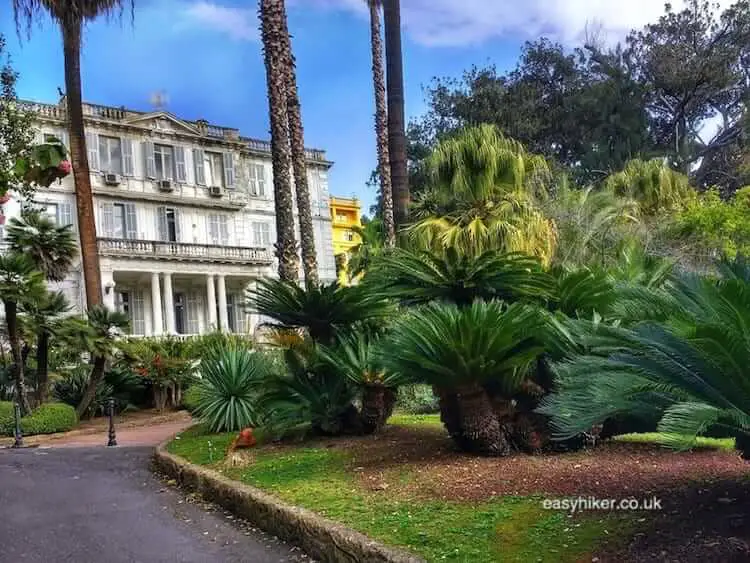
It was here, in the Villa Zirio at the back of the park, where the German crown prince Friedrich came in November 1887 to die. He was suffering from terminal throat cancer and wanted to spend the last weeks of his life alone with his wife and children, in sunny climes far away from the court of Prussia.
But fate eventually denied him even this modest pleasure: four months after his arrival, he had to return to Berlin after Emperor Wilhelm had died and passed the crown to him. Friedrich, by all accounts a kind and decent man, only ruled for 99 days and was succeeded by his eldest son, the somewhat less humble Wilhelm II (“Kaiser Bill”).
A commemorative plaque at the top of the park – written in German – remembers the man and his sad fate.
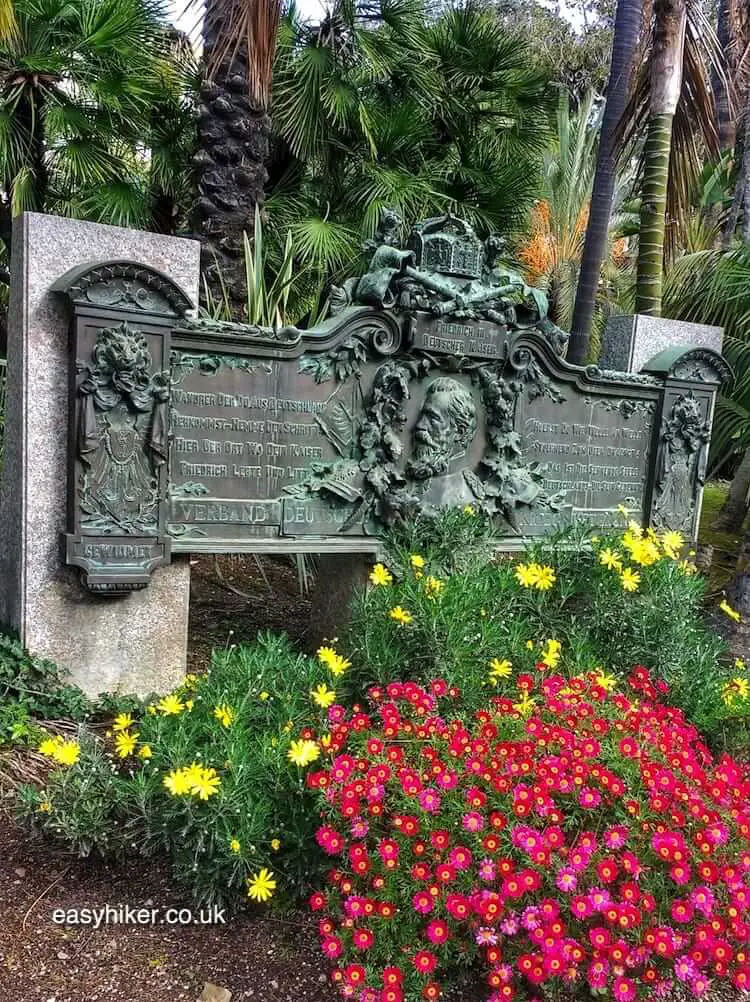
For some decades after that, Villa Zirio was Sanremo’s number one hostel for crowned heads, who came here either to relax in the Riviera sunshine or to enjoy the local climate’s supposed health benefits.
Visitors included the Sultan of Constantinople who came to the city with his entire family: 36 wives and five eunuchs.
In 1937, the property was purchased by a German woman who eventually presented it as a gift to Adolf Hitler. Did the Fuehrer ever visit the villa? Probably not. It is, at any rate, difficult to see him, a tee-total vegetarian, enjoy long boozy lunches and partying through warm summer nights with pretty girls on Mediterranean beaches.
Other top Nazi brass, however, were less priggish, and many stories circulate about the Sanremo visits of leading members from the Nazi party. After WWII, this back history gave the city of Sanremo the golden opportunity of seizing the property without having to pay any compensation. Today, the Villa Zirio houses several municipal authorities including the Department of Tourism.
The park has broadly retained its original layout. The German landscape designer Ludwig (or Ludovico) Winter made the most of what is actually a rather small plot, combining winding footpaths with dense vegetation to affect and extend the visitors’ perception of space.
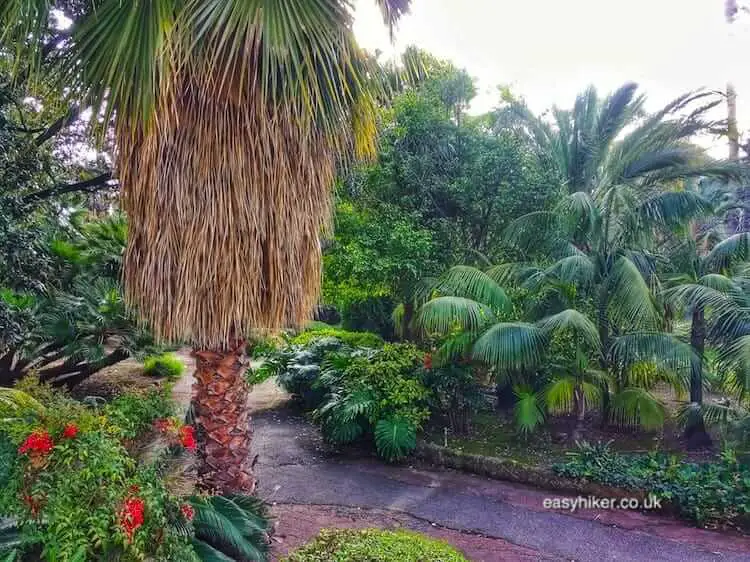
The biggest and most beautiful of Sanremo’s gardens can be found another block further east. You can easily spend an hour alone in the vast landscaped space around the Villa Ormond.

The park and the villa are named after Michel Louis Ormond, a cigar manufacturer from Switzerland, on whose behalf the complex was designed in the late 1800s. The entire property is proof positive that wealth and good taste have not always been mutually exclusive qualities. Today, you are more likely to see a camel slip through the eye of a needle than find anything of such beauty created by a billionaire.
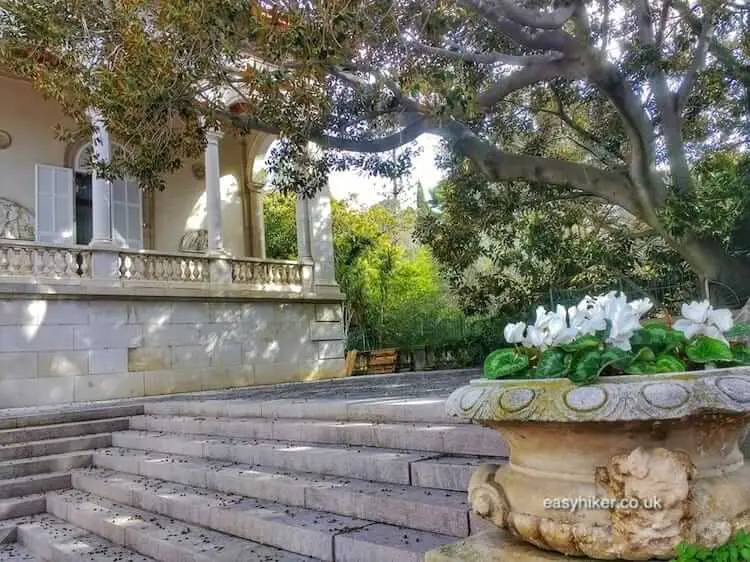
The villa currently houses the offices of the International Institute of Humanitarian Law, a private non-profit organization that promotes the principles of human rights. On several occasions during our visits to Sanremo, we have seen announcements for conferences that were hosted by the Institute. Preferred guests appear to be retired generals who, it seems, love to come here for a few days, and you can easily see why.
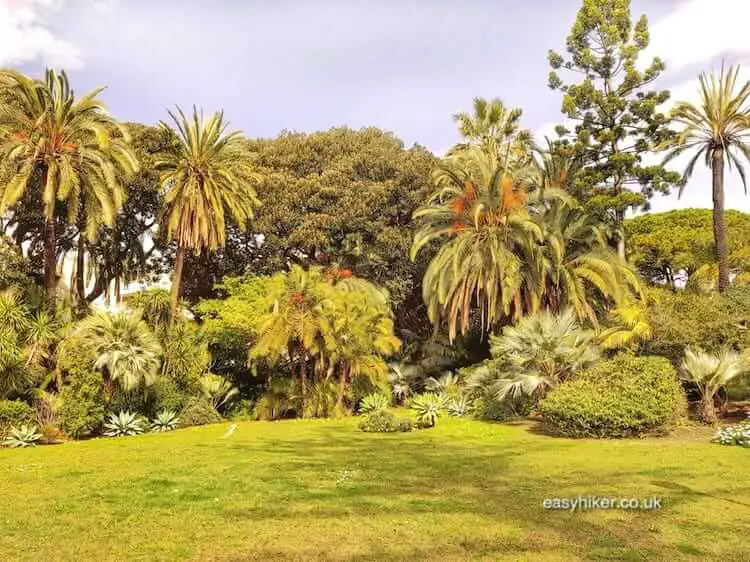
Now we direct our steps towards the other side of town, Sanremo’s “West End” behind the Casino, where we find, on 88 Corso Imperatrice, a pretty green space dedicated to the memory of the musician Franco Alfano. (I wonder what the maestro’s favourite instrument was.)
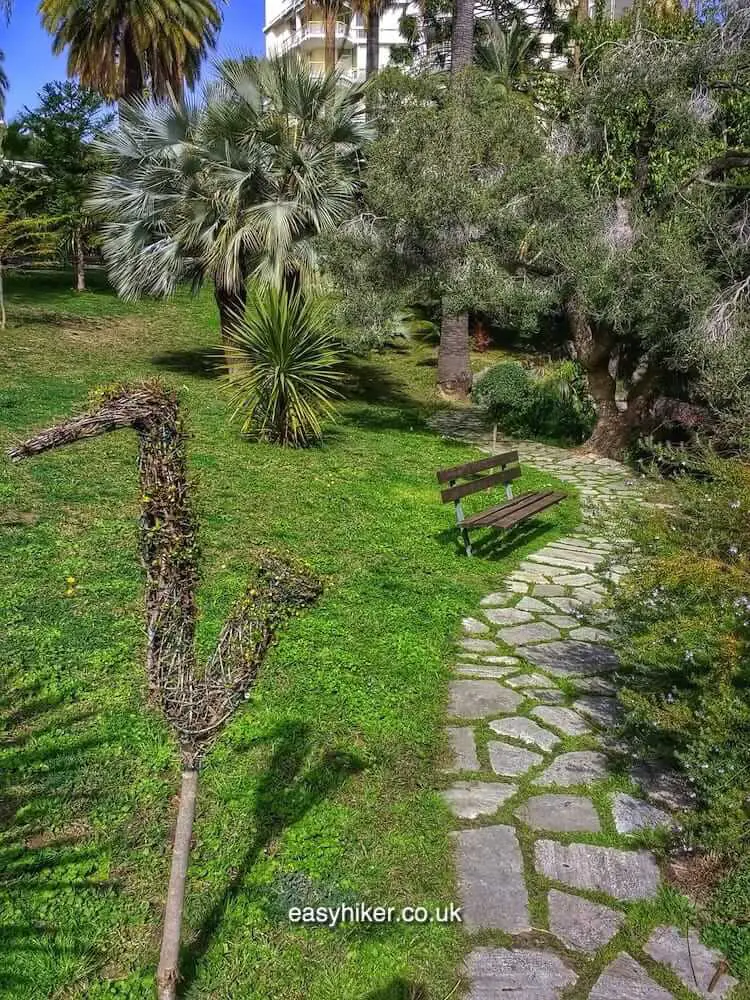
100 years ago, you would have encountered a far more impressive sight in this spot. This was where one of the Italian Riviera’s landmark buildings once stood, the Castello Marsaglia …
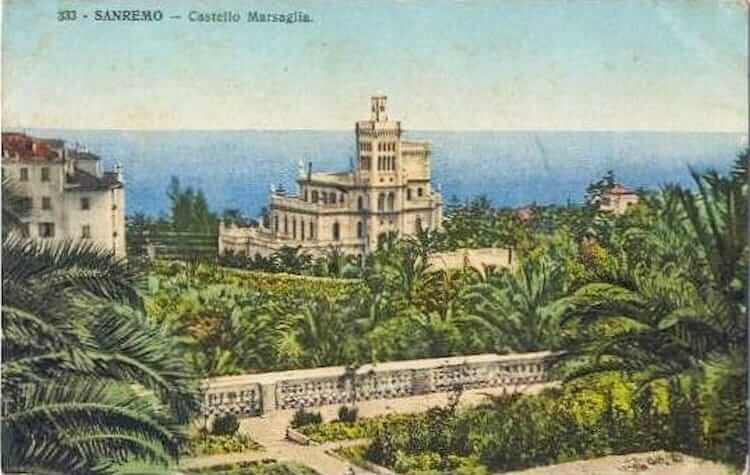
… the seat of Count Roverizio di Rocasterone whose three daughters had married three brothers from the wealthy Marsaglia family. (It appears that it was them who then largely funded the castle’s construction.)
The Castello Complex combined medievalist turrets, battlements and neo-Gothic as well as neo-Renaissance motifs into a unique blend of fantasy architecture that was then decorated by some of the period’s most famous artists including Jean-Baptist Carpeaux, one of the Second Empire’s outstanding sculptors and the creator of the Fontaine de l’Observatoire in the Jardin du Luxembourg at Paris.
Badly damaged in WWII, the Castello became the property of the municipal government which decided to dismantle all the portals, arches, columns, marbles and stones, numbering them in anticipation of a possible and faithful reconstruction elsewhere.
But when, a few years later, someone came to retrieve the elements from the storage facility, it turned out that the castle had, piece by piece, disappeared into thin air. All that stays today are old postcards and memories – as well as a pretty park.
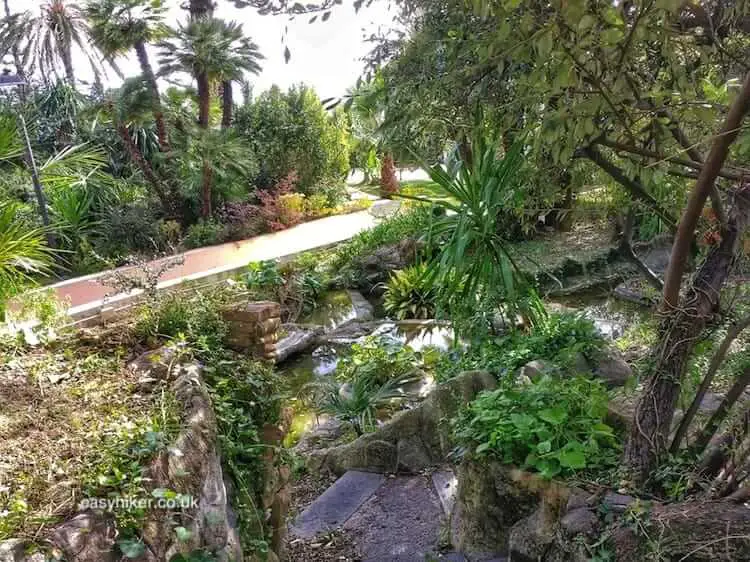
Finally, if you still have the time and the strength for a walk to the top of the old town, we recommend a visit to the Giardini Elena Reina.
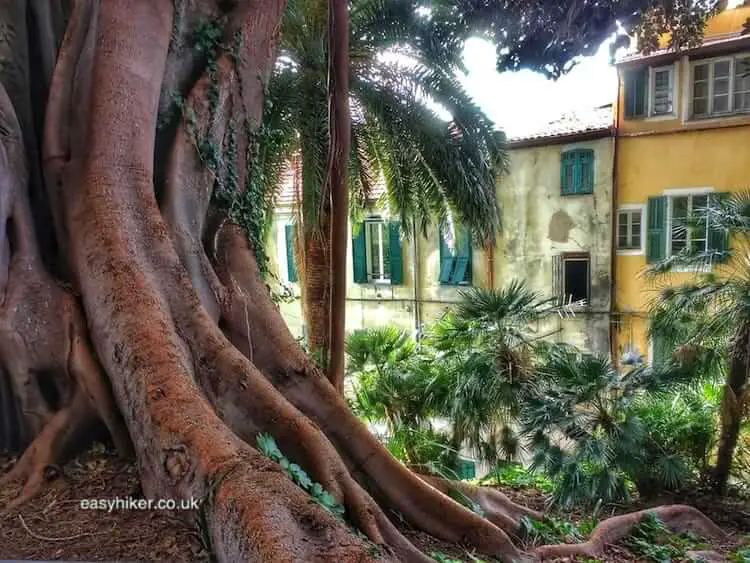
In contrast to the other gardens on our itinerary, these Giardini were conceived as a public park right from the start, having been laid out on the rubble of the 1887 earthquake when the Sanremo city fathers decided to seize the opportunity of de-densifying the surrounding Pigna district, the town’s most ancient quarter. It is from here that you get the best views over town.
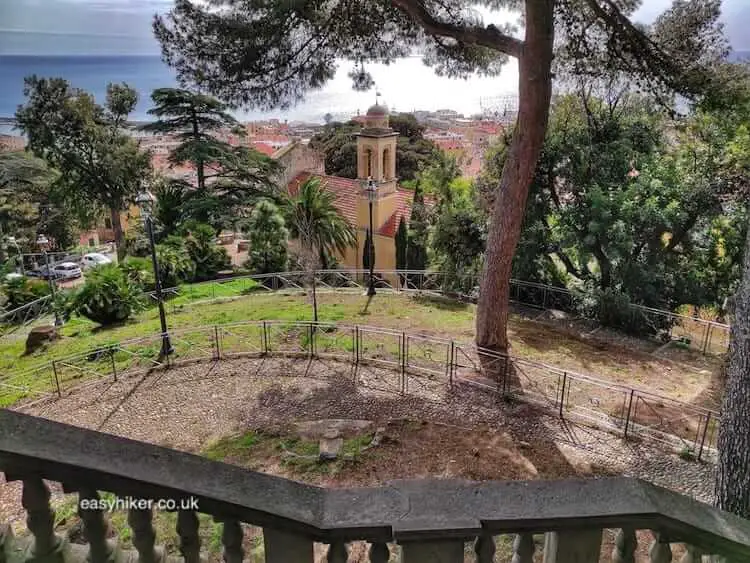
The Giardini Elena Reina is a small space, designed to sit in not to walk through. The walk – and what a fascinating walk it is! – is the way up there, past urban scenery that looks as though it had been laid out for an artist to paint – or, failing that, for you to photograph.

Watch out specifically for the Piazza dei Dolori …
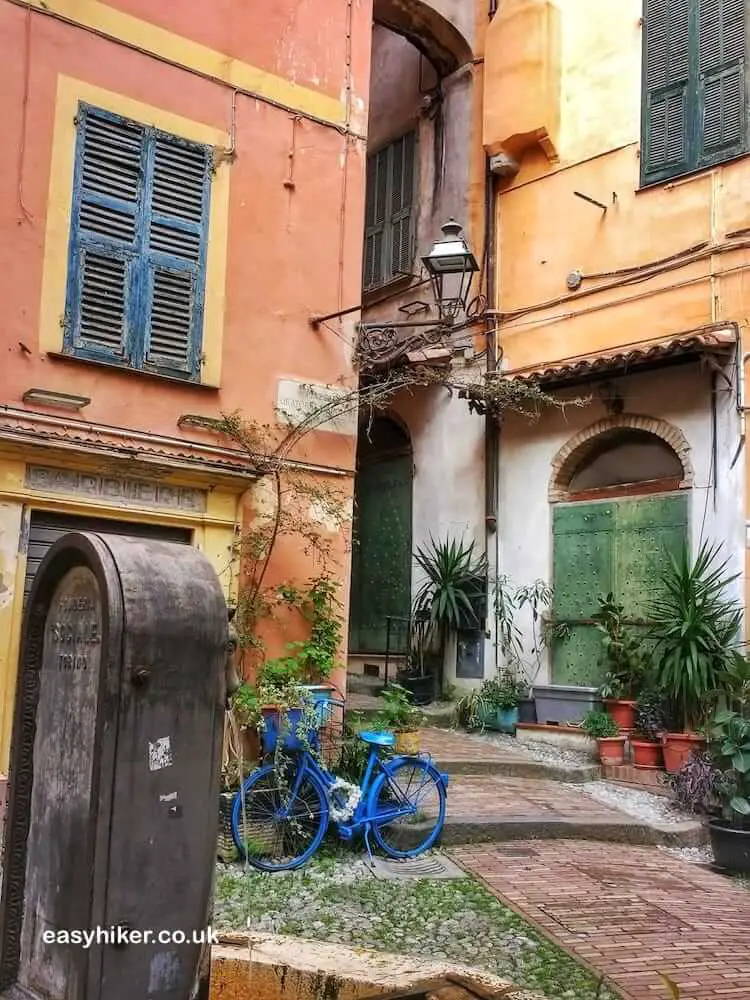
… with the Oratorio San Sebastiano that also contains – in a side room – a loving reconstruction of street life in old Sanremo.

Sanremo’s Pigna is probably the most interesting old town district anywhere on the Riviera. Just lose yourself in the maze of side streets – and discover something beautiful behind each and every corner. In fact, the whole of the Pigna also represents a garden of sorts: a garden of urban architecture.
See for yourself and enjoy.



